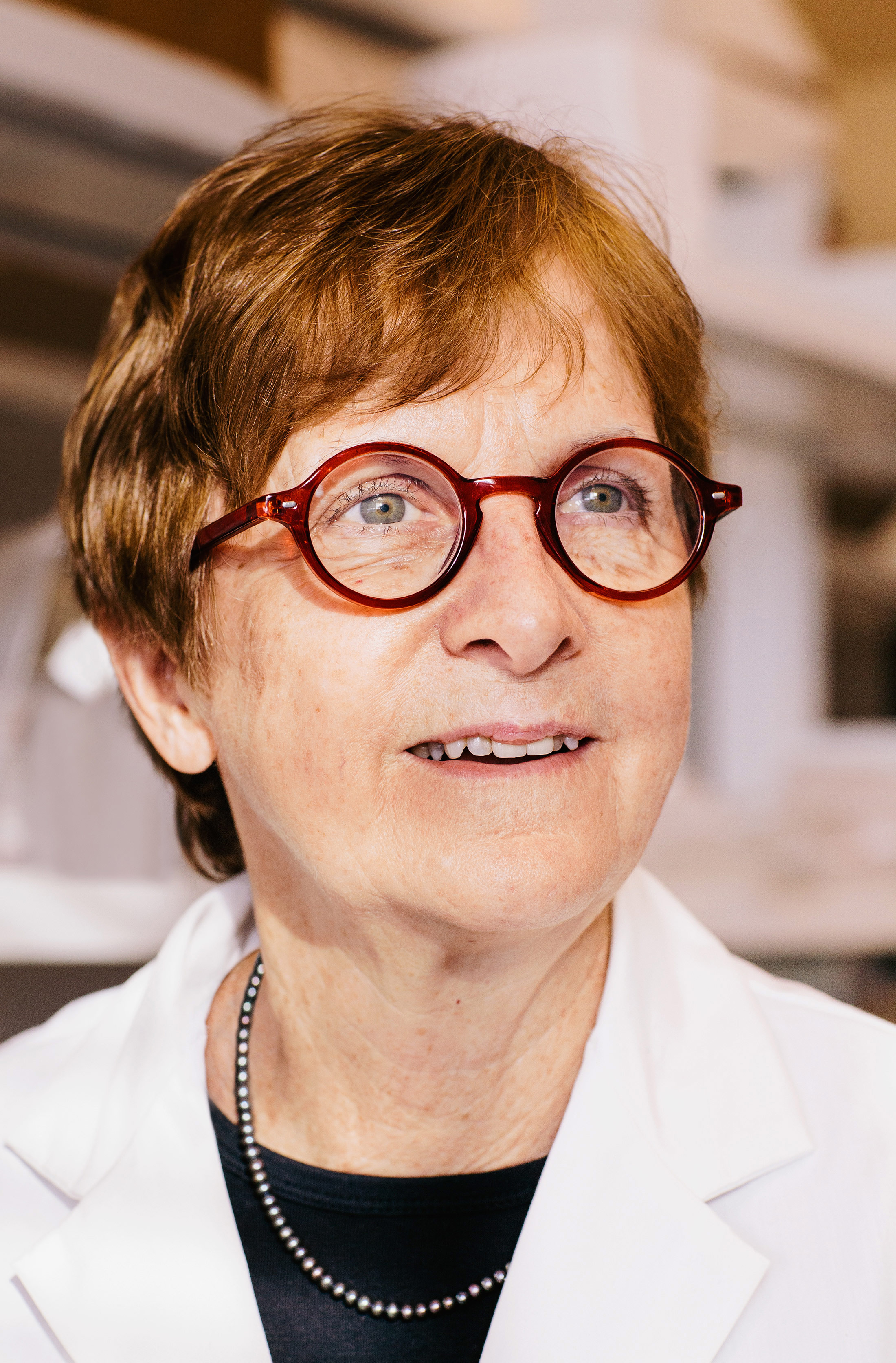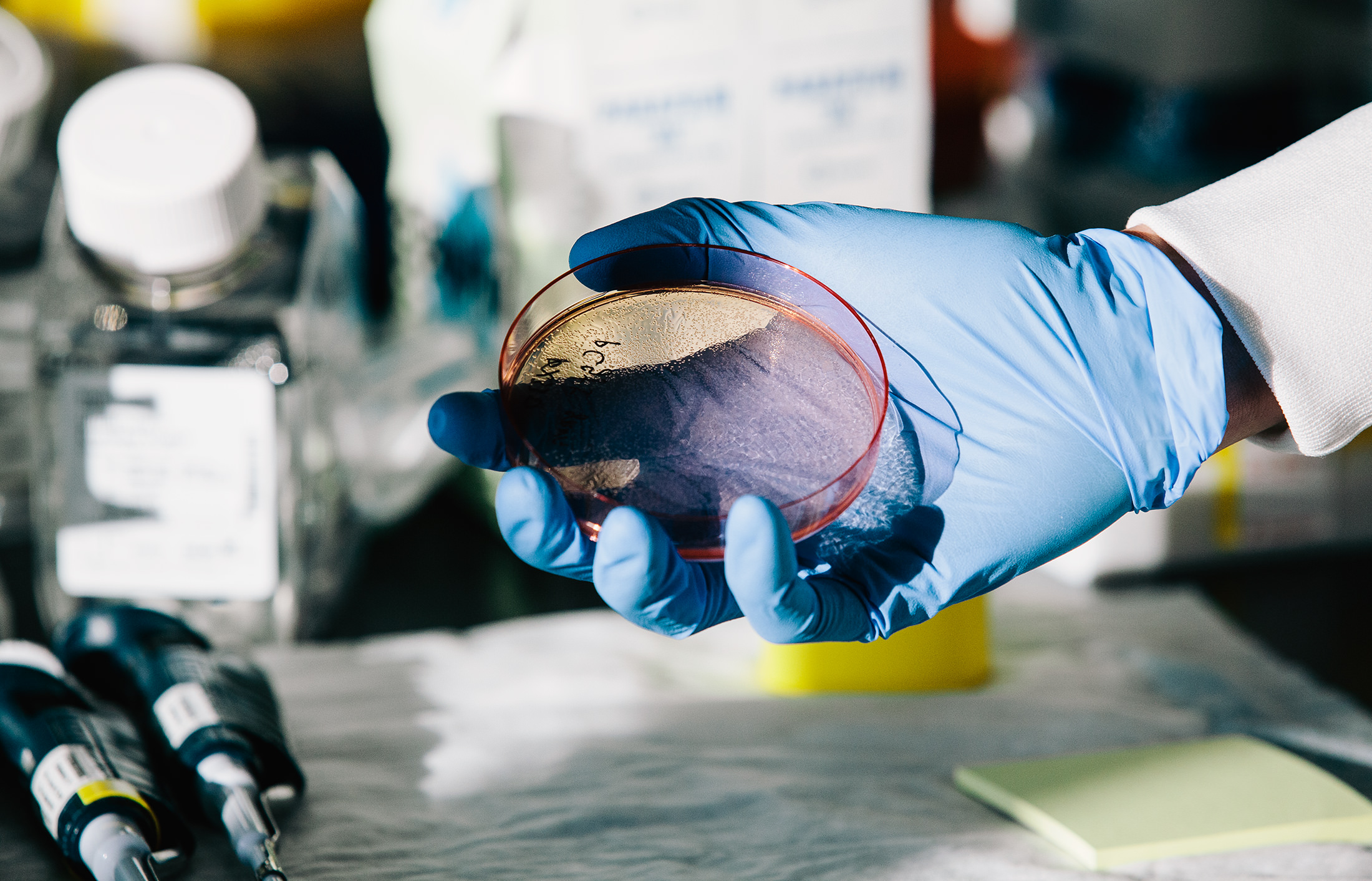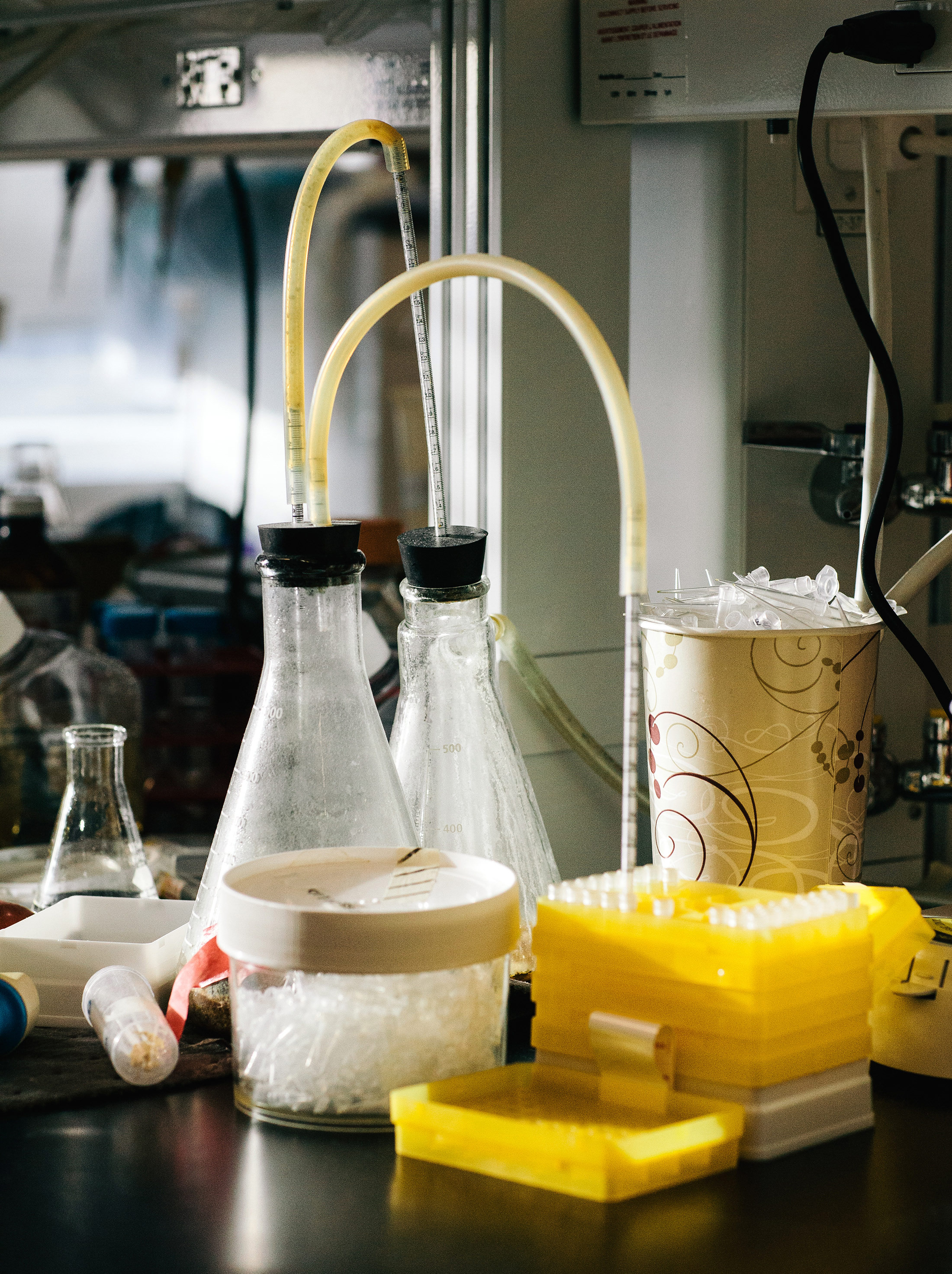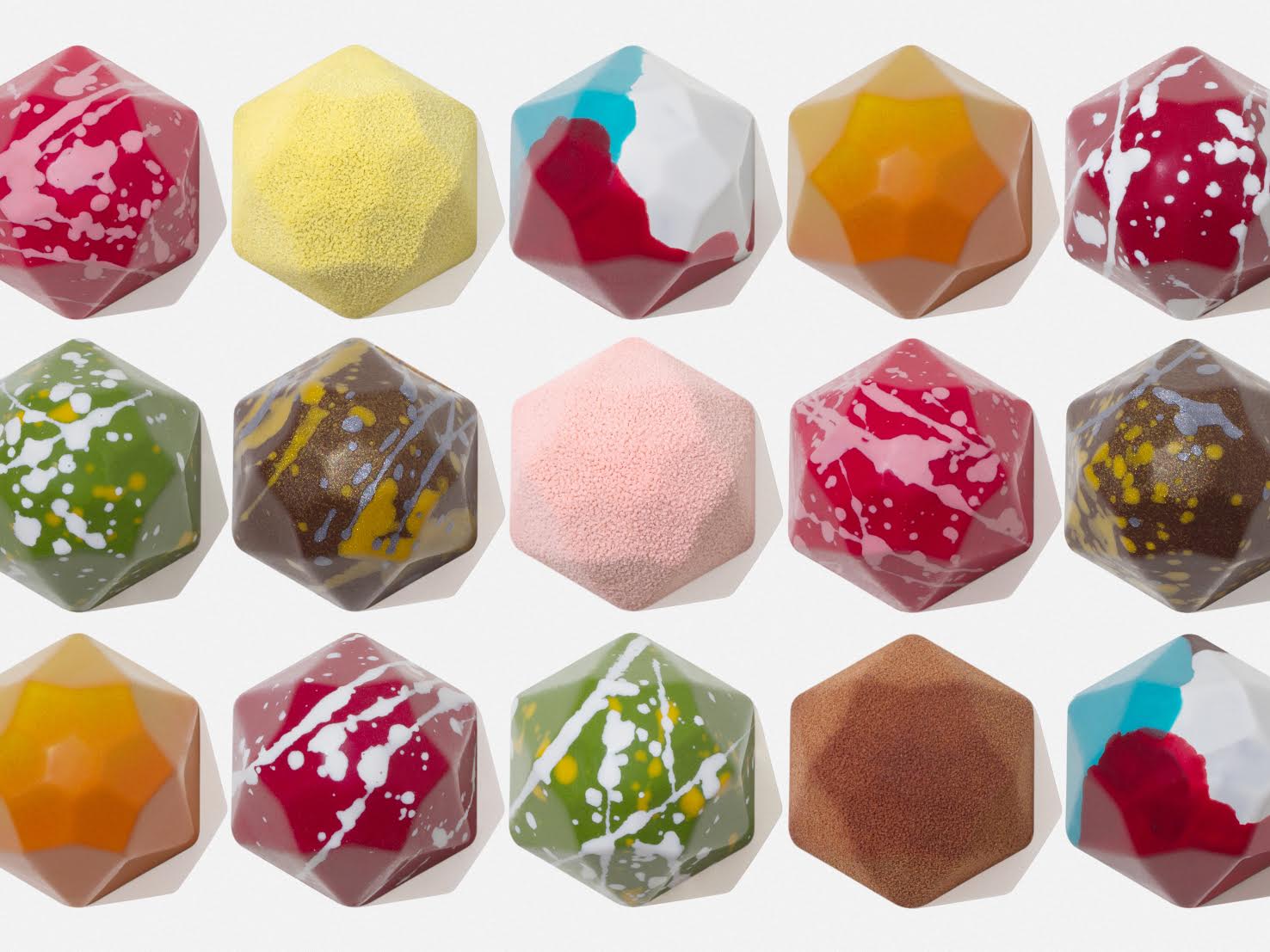Dr. Janet Rossant
Driven by a passion for science.
What if the cure for diseases like diabetes, Parkinson’s, and muscular degeneration could be found in your inner elbow? Thanks to the work of one of Canada’s leading stem cell researchers, a sample of skin cells, scraped from your arm, could be used to make new cells to repair your pancreas, liver, or lungs in the very near future.
A senior scientist at Toronto’s Hospital for Sick Children (SickKids), Dr. Janet Rossant was among the first in the world to demonstrate the incredible versatility of stem cells, in the early 1990s creating a mouse from stem cells grown in a petri dish. A pioneer in the field of molecular genetics, she discovered not just how stem cells are created within embryos, but also their ability to transform into any cell in the body, an ability referred to as pluripotency. Today, Rossant is using cells that are easier to come by. Thanks to a 2006 discovery by Japanese researchers, who reprogrammed skin cells from adult mice to behave like embryonic stem cells, scientists including Rossant and her team are creating skin-derived lung cells that carry the genetic mutation for cystic fibrosis, which could be used for testing treatments that are personalized to each patient.
“A key part of my role involves recruiting, mentoring, and encouraging young women to take up a career in science,” says Rossant.
Rossant’s research is rooted in a process called lineage determination, which addresses why genetically identical cells in developing embryos eventually become different from each other. Understanding the signals that guide cellular evolution helps researchers improve fertility treatments, combat birth defects and diseases caused by abnormal development, and determine why embryos sometimes fail in early pregnancy.
“When you think about all the things that can go wrong, the process of development is an everyday miracle,” says Rossant. “Being able to turn on the right genes at the right time and assemble the cells in the right way for all the organs to work is amazing.”
Rossant is the former head of the SickKids Research Institute, where she oversaw a staff of 2,000 and was responsible for an annual budget of more than $200-million. As chair of the Canadian Institutes of Health Research Ad Hoc Working Group on Stem Cell Research, she played a key role in establishing ethical guidelines in her field. Today, she is president and scientific director of the Gairdner Foundation and a professor in the University of Toronto’s molecular genetics and obstetrics and gynecology departments. Because of her numerous contributions to our understanding of stem cell biology as well as policy making and research, Rossant, 67, has a long list of awards. These include appointment to the highest level of the Order of Canada and some of the most significant health research prizes in the world.
This March, Rossant was one of only five people from across the globe to receive the L’Oréal-UNESCO for Women in Science Award, which includes a €100,000 ($155,600 Canadian) cash prize. The award honours women who have made an outstanding contribution to science—a field in which they have been underrepresented since long before the inception of the L’Oréal-UNESCO program, which celebrates its 20th anniversary this year. Less than a third of those employed in scientific research and development today are women, while fewer than 3 per cent of Nobel Prize winners in science have been female. “A key part of my role involves recruiting, mentoring, and encouraging young women to take up a career in science,” says Rossant.
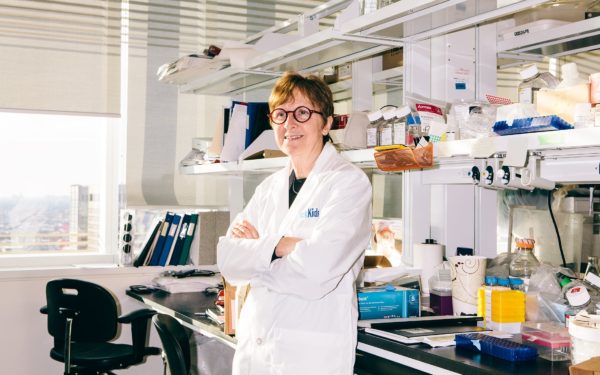
At the all-girls grammar school Rossant attended in Kent, England, the county where she was born and raised, a female biology teacher cemented her future career path. “She took me under her wing, gave me books to read, and really pushed me to apply for both Oxford and Cambridge,” says Rossant, who was the first in her family to attend university. Accepted to both schools, she chose Oxford, where she began her studies in zoology in 1969. It was there that she was mentored by John Gurdon, the godfather of cloning, who would, 43 years later, win the Nobel Prize for his discoveries, and for developing tools and techniques still in use today. “What he wanted to determine was whether you can make a frog out of a single adult cell,” Rossant says. “That process of how a single cell becomes a complex organism—whether by cloning or normal development—and how genetic information can be read out and coded was what really turned me on to developmental biology.” Later at Cambridge, where Rossant earned her PhD, she worked under the tutelage of Richard Gardner, one of the few people in the world conducting experiments with mouse embryos. “It was an international college, and quite eye opening for a little girl from a quiet part of England which was not that diverse back then,” says Rossant. “I got exposed to a lot of people there.”
One of them was a Canadian Rossant met in a rowing club, a theoretical chemist named Alex Bain. They married and moved to Canada in 1977. She found a one-year position at Brock University, established her lab in a former refrigerator factory located down the road, and ended up staying eight years before being recruited by the University of Toronto, first at the Lunenfeld-Tanenbaum Research Institute at Mount Sinai Hospital and then SickKids, where she works today.
These days, Rossant is excited about a cut-and-paste gene editing tool called CRISPR-Cas9, which uses an enzyme to cut DNA at precise points. “When you start down this road, you never know where you’re going to end up. I am often asked if I had a plan when I began my career. My answer is, ‘Absolutely not’. You take a small step, driven by passion for science, intrigued by fundamental discoveries, and the thrill of looking into the microscope and seeing a gene you have never seen before. Studying science is important for everybody to better understand the changing world in which we live.”
_________
Never miss a story. Sign up for NUVO’s weekly newsletter, here.





